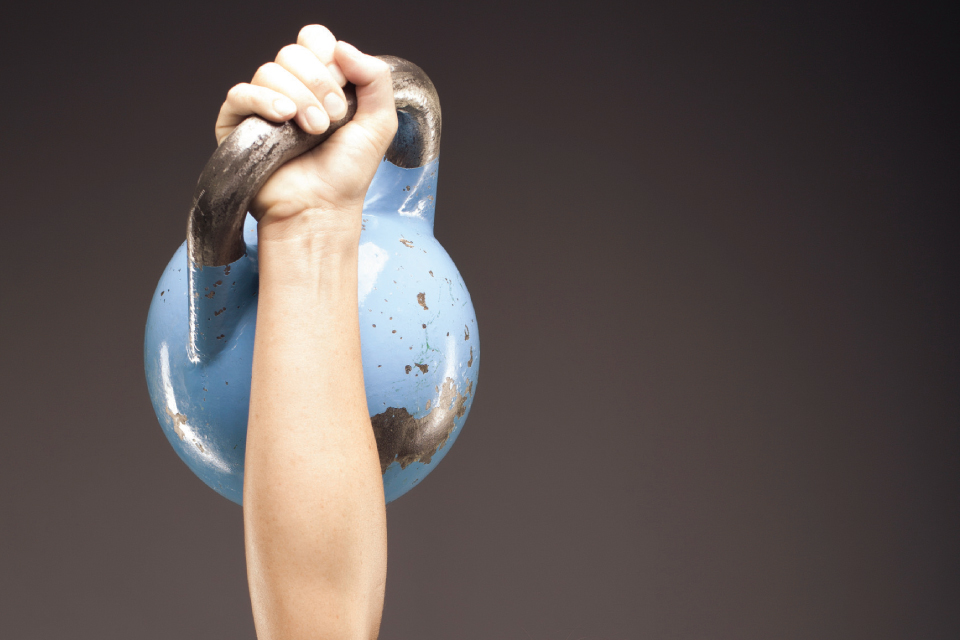Youthful Body, Youthful Mind?

For a long time, everyone has known that exercising as you age keeps your body as youthful, strong, and healthy as possible, but what about cognitive function? Is there something you can do to stay mentally sharp? Until a few years ago, scientists surmised that mental activities such as working crossword puzzles and reading deep books would do the trick. Keeping your mind active was supposed to keep your mind active! Mental activities do no harm and probably help a bit, but according to several researchers, including Dr. Denise Park, co-director of the University of Texas at Dallas Center for Vital Longevity, a growing body of evidence supports the efficacy of exercise in maintaining cognition.
Recent animal studies led the way to this change in thinking about the way the human brain functions late in life. Aging rats on an exercise program could make their way through mazes with better memory and decision-making skills than sedentary rats. In studies using human beings, Dr. Park found that older people who self-reported walking several times a week also performed better on mental tasks than those who engaged in complex crafts while seated and even better than those who neither walked nor did crafting projects.
Cognition is all about blood flow and connectivity in the brain, both of which improve with exercise. A little over a year ago, the Archives of Internal Medicine published an important study summarized by lead author Dr. Laura E. Middleton of the Heart and Stroke Foundation Centre for Stroke Recovery at the Sunnybrook Research Institute in Toronto, Ontario, Canada. In “Activity Energy Expenditure and Incident Cognitive Impairment in Older Adults,” contributing neuroscientists found that physical activity protects your brain.
The Canadian study started with the premise, based on previous research, that “physical activity appears to be one of the more promising preventive strategies against cognitive impairment in the elderly population. In most studies, people who are more physically active in midlife and late life have lower rates of dementia and cognitive impairment in late life. In addition, people who participate in higher levels of physical activity have slower rates of cognitive decline compared with those who are less active.”
However, the Canadian study not only included all of the daily activity that their test subjects performed, including such motions as housework, gardening, and fidgeting, but the study also followed the test subjects for three to five years and applied the most rigorous scientific method of determining energy expenditure, the doubly labeled water (DLW) method.
According to the Exercise and Physical Activity Resource Center of La Jolla, California, the DLW, which assesses “free-living energy expenditure,” is “currently regarded as the gold standard technique. With a reported precision of ± 3%, this method serves as a reference for validating other instruments or methods designed to measure energy expenditure.” Further, “as energy is expended in the body, carbon dioxide and water are produced, and the differences between the isotope elimination rates are used to calculate total energy expenditure. This method can be carried out on a wide range of individuals over lengthy time periods, usually between 4 and 21 days, which is advantageous for capturing habitual energy expenditure patterns.”
The conclusion of the Canadian study confirms that “activity is inversely associated with the likelihood of developing incident cognitive impairment.” Yes, moving around saves your brain. The study didn’t investigate the amount or type of physical activities that are best for maintaining a healthy brain, but future studies will no doubt investigate this promising idea. Another avenue that the Canadian study may explore is an investigation of whether exercise can prevent or at least delay the onset of such conditions as mild cognitive impairment, dementia, and Alzheimer’s.
Another widely respected researcher on exercise and the aging brain, Dr. Art Kramer, director of the Beckman Institute for Advanced Science and Technology at the University of Illinois at Urbana-Champaign, is already convinced that aerobic exercise, such as walking, jogging, and bicycling, is the best way to preserve brain function late in life. He and his team conducted research that focused on one of the circuits in the brain, the default mode network (DMN). The DMN is most active when someone is paying the least attention to the outer world—daydreaming or passively observing without actively engaging in something that’s going on.
In a healthy young brain, the DMN rapidly transfers control to another brain circuit when a person suddenly focuses on an activity related to the external world. This transfer might resemble what happens when a driver zones out a little on a highway but sees his exit ahead. He promptly engages his brain and makes the turn successfully. Studies have shown that in sedentary older people, this sudden switching of attention can be slower and less efficient because connectivity among the various brain circuits is low and uncoordinated.
Dr. Kramer also investigates the fronto-executive network that controls such complex functions as planning, scheduling, coordinating, handling ambiguity, making judgments, multitasking, and using the working memory, previously known as short-term memory. Like other researchers, he also concludes that moderate exercise, especially aerobic activities, can improve the connectivity in and among brain circuits and can delay or prevent the kind of shrinkage and impairment that are sometimes seen in the aging brain.
Perhaps one of the most helpful activities Dr. Kramer has provided to the general public interested in the function of the aging brain is to post short talks on these topics on YouTube. Instead of, or in addition to, reading his scientific articles, you can see and listen to his explanations of why exercise is so important in maintaining a sound mind as we age.
J. Jody Kelly, owner of Strengthmobile, is an ACE-certified personal trainer who conducts sessions in the homes of the elderly or disabled. She races triathlons, lifts weights, and takes Pilates mat classes.






